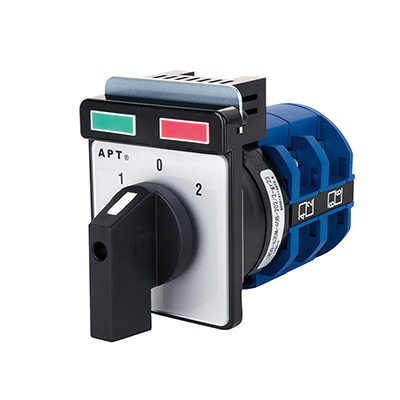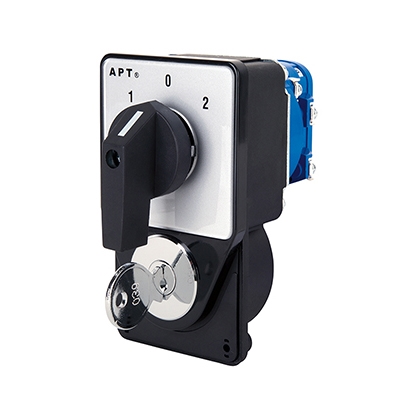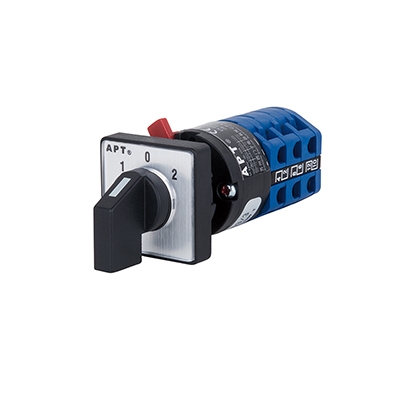What Does an Alarm Indicator Light Really Tell You?
In the modern industrial landscape, the humble alarm indicator light plays a pivotal role in ensuring safety, efficiency, and seamless operations. These lights, often overlooked, serve as the first line of communication between machines and operators, signaling statuses ranging from normal operations to critical emergencies. Shenzhen Qinao Automation Equipment Co., Ltd. stands at the forefront of this technology, offering advanced solutions that cater to diverse industrial needs.
Understanding Alarm Indicator Lights
The Basics
An alarm indicator light is a visual signaling device used to convey the operational status of machinery or systems. Typically mounted on control panels or machinery, these lights use colors and flashing patterns to indicate specific conditions. For instance, a green light may signify normal operation, while a red flashing light could indicate a critical fault requiring immediate attention.
Importance in Industrial Settings
In industries where machinery operates continuously, real-time status updates are crucial. Alarm indicator lights provide immediate visual cues, allowing operators to respond promptly to any anomalies. This rapid response capability minimizes downtime, prevents potential hazards, and ensures the safety of personnel.
Types of Alarm Indicator Lights
Stack Lights
Also known as signal tower lights or andon lights, stack lights are multi-tiered indicators that display different colors simultaneously. Each color represents a specific status:
Red: Emergency or critical fault
Amber/Yellow: Warning or maintenance required
Green: Normal operation
Blue: Operator assistance needed
White: User-defined conditions
These lights can be configured to flash or remain steady, providing additional context to the machine's status.
Panel Indicator Lights
Mounted directly on control panels, these lights are often single-colored and indicate specific statuses or conditions. They are commonly used in conjunction with other signaling devices to provide comprehensive system feedback.
Audible and Visual Alarms
Some alarm indicator lights incorporate audible alarms, such as buzzers or horns, to ensure that alerts are noticed even in noisy environments. The combination of visual and audible signals enhances the likelihood of prompt operator response.
Applications Across Industries
Manufacturing
In manufacturing plants, alarm indicator lights monitor production lines, signaling issues like equipment malfunctions, material shortages, or quality control problems. This immediate feedback allows for swift corrective actions, maintaining production efficiency.
Energy and Utilities
Power plants and utility facilities use alarm indicator lights to monitor system parameters such as voltage levels, temperature, and pressure. Any deviation from normal ranges triggers alerts, enabling operators to prevent potential failures.
Transportation
In the transportation sector, these lights are integral to signaling systems in railways, airports, and shipping ports. They provide real-time updates on equipment status, ensuring the safety and coordination of operations.
Healthcare
Medical facilities utilize alarm indicator lights in equipment like ventilators and monitoring systems. These lights alert healthcare professionals to patient status changes or equipment malfunctions, facilitating timely interventions.
Shenzhen Qinao Automation Equipment Co., Ltd.: Leading the Way
Shenzhen Qinao Automation Equipment Co., Ltd. specializes in the development and manufacturing of advanced alarm indicator lights tailored for various industrial applications. Their products are known for reliability, durability, and adaptability, meeting the stringent demands of modern industries.
Product Highlights
High Visibility: Utilizing bright LEDs, their lights ensure visibility even in well-lit environments.
Customizable Configurations: Options for different colors, flashing patterns, and mounting styles to suit specific needs.
Robust Design: Built to withstand harsh industrial conditions, including exposure to dust, moisture, and vibrations.
Energy Efficiency: LED technology ensures low power consumption and long operational life.
By integrating Shenzhen Qinao's alarm indicator lights, industries can enhance operational safety and efficiency.
Selecting the Right Alarm Indicator Light
Factors to Consider
Application Environment: Determine if the light will be used indoors or outdoors, and assess exposure to elements like dust, moisture, or chemicals.
Visibility Requirements: Consider the distance from which the light needs to be seen and the ambient lighting conditions.
Integration Needs: Ensure compatibility with existing control systems and communication protocols.
Compliance Standards: Verify that the product meets industry-specific safety and quality standards.
Customization Options
Shenzhen Qinao offers customization services, allowing clients to tailor alarm indicator lights to their specific requirements. This includes selecting appropriate colors, mounting options, and integration features to align with operational needs.
Maintenance and Best Practices
Regular Inspections
Conduct routine checks to ensure all alarm indicator lights are functioning correctly. Look for signs of wear, damage, or reduced brightness, and replace components as necessary.
Cleaning Procedures
Keep the lights clean from dust and debris to maintain visibility. Use appropriate cleaning agents that do not damage the light's housing or lens.
Training and Awareness
Ensure that all personnel are trained to understand the meanings of different light signals and the appropriate responses to each. Regular drills and updates can reinforce this knowledge, promoting a culture of safety and responsiveness.
Future Trends in Alarm Indicator Lights
Integration with Smart Systems
The advent of Industry 4.0 is driving the integration of alarm indicator lights with smart systems. This includes connectivity with IoT devices, enabling remote monitoring and data analytics for predictive maintenance.
Enhanced Customization
Advancements in technology are allowing for more sophisticated customization, such as programmable light patterns and colors, to convey complex information more effectively.
Sustainable Designs
There is a growing emphasis on sustainability, leading to the development of energy-efficient designs and the use of eco-friendly materials in manufacturing alarm indicator lights.
Conclusion
Alarm indicator lights are indispensable tools in modern industrial operations, providing critical real-time information that ensures safety and efficiency. Shenzhen Qinao Automation Equipment Co., Ltd. exemplifies excellence in this field, offering innovative solutions that meet the diverse needs of various industries. By understanding the functionalities, applications, and advancements in alarm indicator lights, businesses can make informed decisions to enhance their operational workflows and safety protocols.



